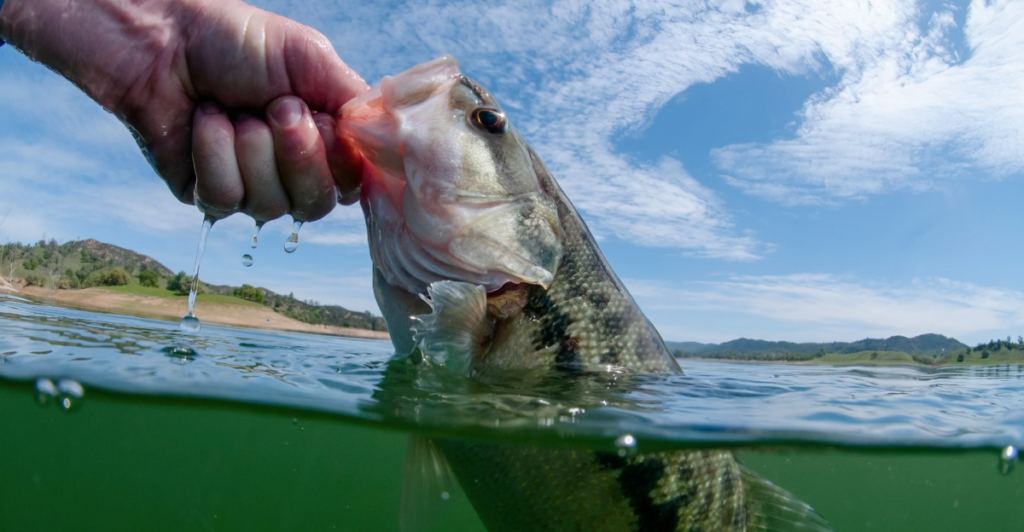
Minnesota has issued a health warning about eating particular fish from specific lakes and rivers because of a rise in per and poly-fluoroalkyl substances (PFAS).
These pollutants, also called “forever chemicals,” do not break down in the environment and slowly seep into fish tissue, which means that they are not edible and pose a significant risk of harm to anyone who eats contaminated fish.
The Minnesota Department of Health (MDH) is urging residents to avoid eating fish from the polluted bodies of water. Vulnerable populations, such as pregnant woman and children are especially at risk.
A Long History

Minnesota has had a long and complicated history with regards to monitoring fish for pollutants, with early warnings focusing on PCBS and mercury. PFAS is a somewhat new and more immediate threat that looms in certain waterways.
PFAS were first added to consumption advisories in 2004, and have now caused the strictest guidelines to date. While mercury primarily affects neurodevelopment, PFAS can be traced back to a broader spectrum of health related complications, such as immune suppression and even cancer.
These chemicals come from many everday products and are difficult to get rid of. The state has updated its advice on PFAS risks to better underscore the hidden dangers.
What Are PFAS?
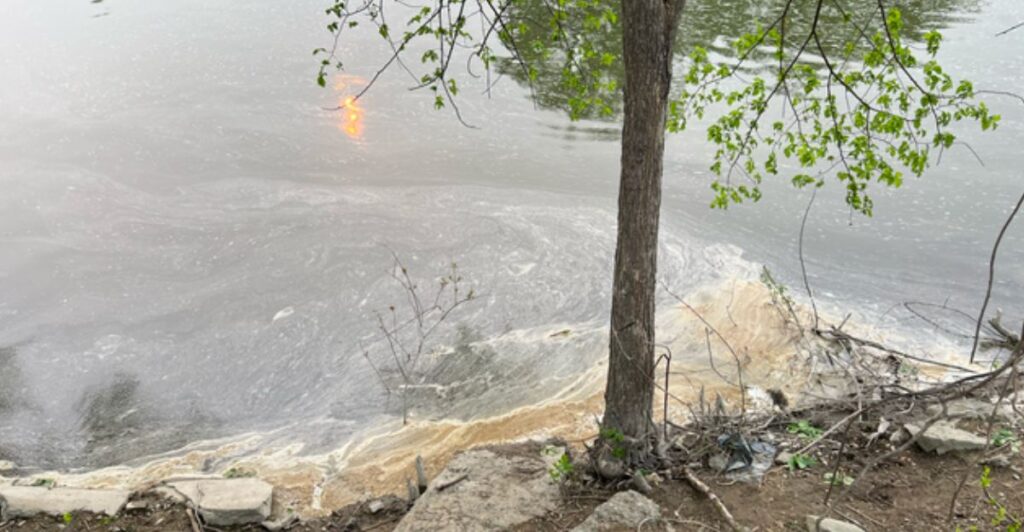
PFAS are man-made chemicals that have been used in the manufacturing of items since the 1940s and are abundant in things like non-stick pans and waterproof clothing.
These chemicals do not deteriorate and stay in the environment and organics for a very long time as they do not break down naturally. If people consume tainted fish that contain PFAS, the chemicals can then build up in their bodies as well.
If enough accumulates, there can be huge health implications, including weaker immune systems, hormone issues, developmental delays in children, and cancer.
Finding The Insidious Threat

Fish from 10 counties were tested by environmental agencies and the Minnesota Department of Health.
Their findings from 44 lakes and rivers showed that PFAS levels in different fish species had high levels of chemicals, especially in lakes that were close to industrial and military activity. This research has been crucial in helping officials find out which waterbodies pose the biggest threat to wildlife and humans.
With their findings, they updated fish consumption advisories so that people would be aware of the potential harm from eating certain fish, especially among vulnerable populations.
Vulnerable Groups

Vulnerable groups of people should pay special attention to the advisories, as the effects of PFAS are only exacerbated in their bodies.
Pregnant women or women planning on getting pregnant and breastfeeding mothers should avoid any fish contaminated with PFAS. Adolescents under 15 are also at an increased risk if they are exposed to harmful chemicals, which can affect their development and immune functions.
These new guidelines recommend that these vulnerable populations entirely avoid eating fish from the most contaminated lakes and limit consumption in others. As long as these guidelines are followed, population risk should be minimal.
What Action Is Being Taken?

Warnings issued by the Minnesota Department of Health are only the first steps of action that are being taken. They are also taking action to reduce PFAS pollution.
Recently, Amara’s Law has been passed, which will subsequently bann any non-essential PFAS in products, giving companies until 2032 to comply. Starting immediately, companies will have to disclose PFAS in their products.
This new law aims to substantially reduce the amount of PFAS buildup in the environment over time. Cleanup efforts and monitoring programs are also being invested in to better track PFAS and control its contamination.
The Impact On Local Communities
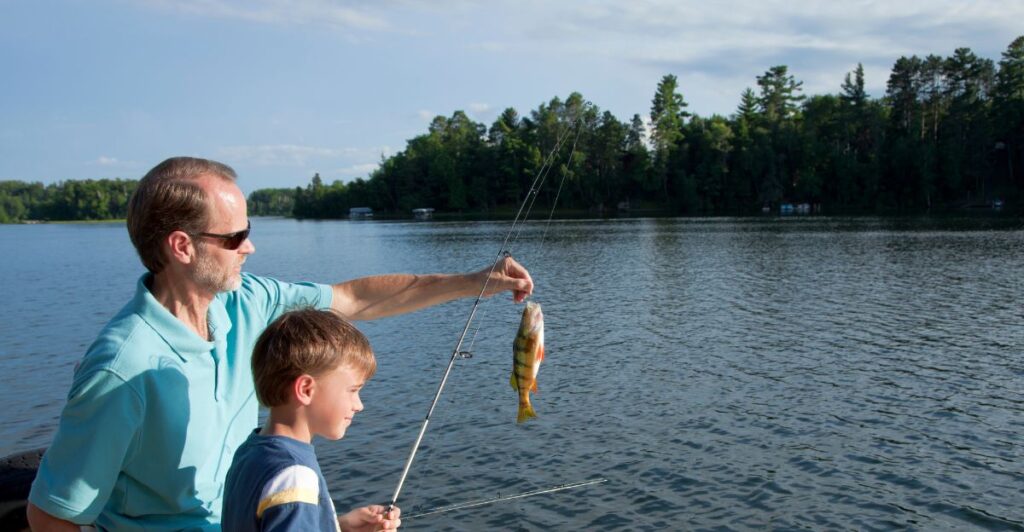
Minnesota has a deep cultural connection to fishing, which is also a vital part of its economy.
Although these new guidelines are necessary, they may have repercussions on the local fishing culture, potentially reducing the amount of people fishing or eating local fish. This could harm the local economy and disrupt cultural practices, especially in regions where residents rely on fish for food.
This creates a challenging and complex situation where the interest of public health could have consequences on an economic and cultural level. There doesn’t seem to be any alternative, as public safety should always come safe.
A Complicated Message
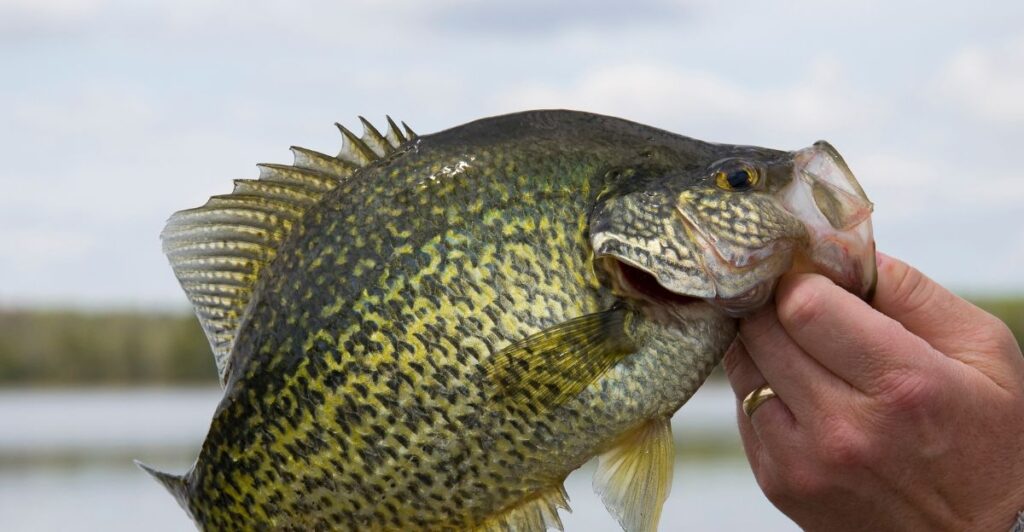
Education is an important factor in helping local communities fully comprehend the guidelines that officials are giving them. Fish is considered a healthy food because of its protein levels and omega-3 fatty acids.
These components support heart and brain health. With the presence of PFAS in certain fish populations, a complicated message if being given. People can be exposed to harmful chemicals if the wrong fish are eaten, but otherwise fish is a beneficial food that many rely on.
People must make informed decisions and understand which fish are risky and which are perfectly safe and healthy to eat.
How It Impacts The Environment
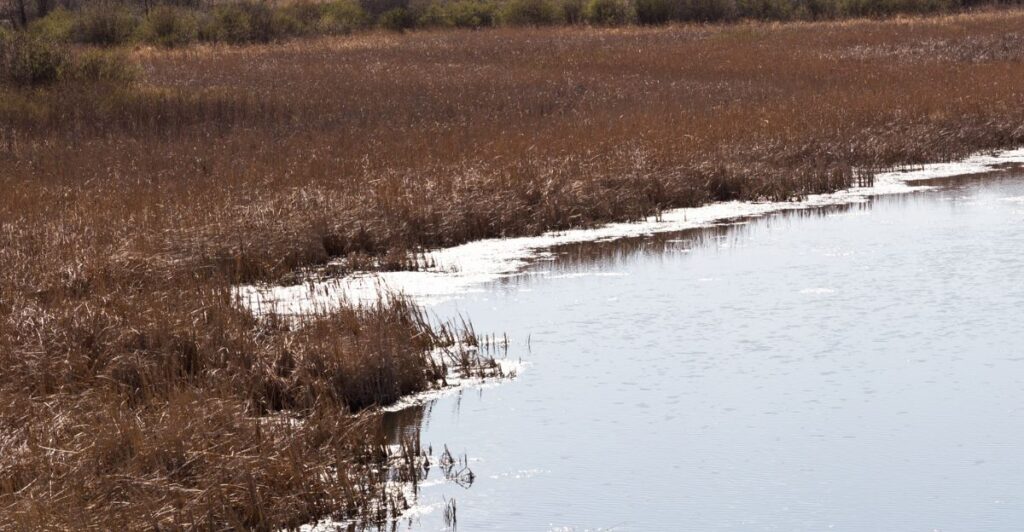
PFAS being able to stay in nature for long periods of time without breaking down means that they can stay present in soil, water, and the air for decades. They can spread widely once released and end up in lakes, rivers and even groundwater and remote areas without any signs.
The most troubling thing about PFAS is how hard it is to remove from the environment once its already there. The chemicals accumulate in more than just fish species, and can contaminate plants, insects, and other animals.
This can disrupt natural cycles and contaminate important food sources within food webs. PFAS has already polluted many regions in Minnesota, making environmental cleanups challenging.
Threats To Local Wildlife

PFAS contamination is significantly harmful to local species that call Minnesota’s ecosystems home. Fish, birds, and mammals are all vulnerable, and since it accumulates in fish tissue, fish health is especially impacted.
Predators that consume fish, like eagles, otters, and mink, poison themselves when eating their meat. This means that animals higher up in the food chain aren’t safe from PFAS contamination either.
Innovative and proactive solutions are needed in order to properly address the harms that these chemicals are having on local communities and wildlife.
Explore more of our trending stories and hit Follow to keep them coming to your feed!

Don’t miss out on more stories like this! Hit the Follow button at the top of this article to stay updated with the latest news. Share your thoughts in the comments—we’d love to hear from you!







